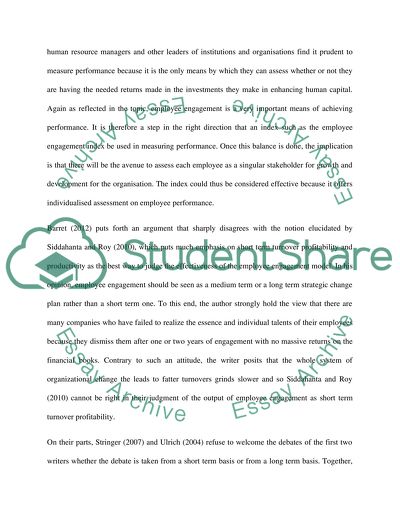Cite this document
(“Dissertation Essay Example | Topics and Well Written Essays - 1000 words”, n.d.)
Retrieved from https://studentshare.org/other/1400982-dissertation
Retrieved from https://studentshare.org/other/1400982-dissertation
(Dissertation Essay Example | Topics and Well Written Essays - 1000 Words)
https://studentshare.org/other/1400982-dissertation.
https://studentshare.org/other/1400982-dissertation.
“Dissertation Essay Example | Topics and Well Written Essays - 1000 Words”, n.d. https://studentshare.org/other/1400982-dissertation.


